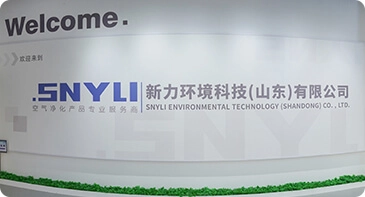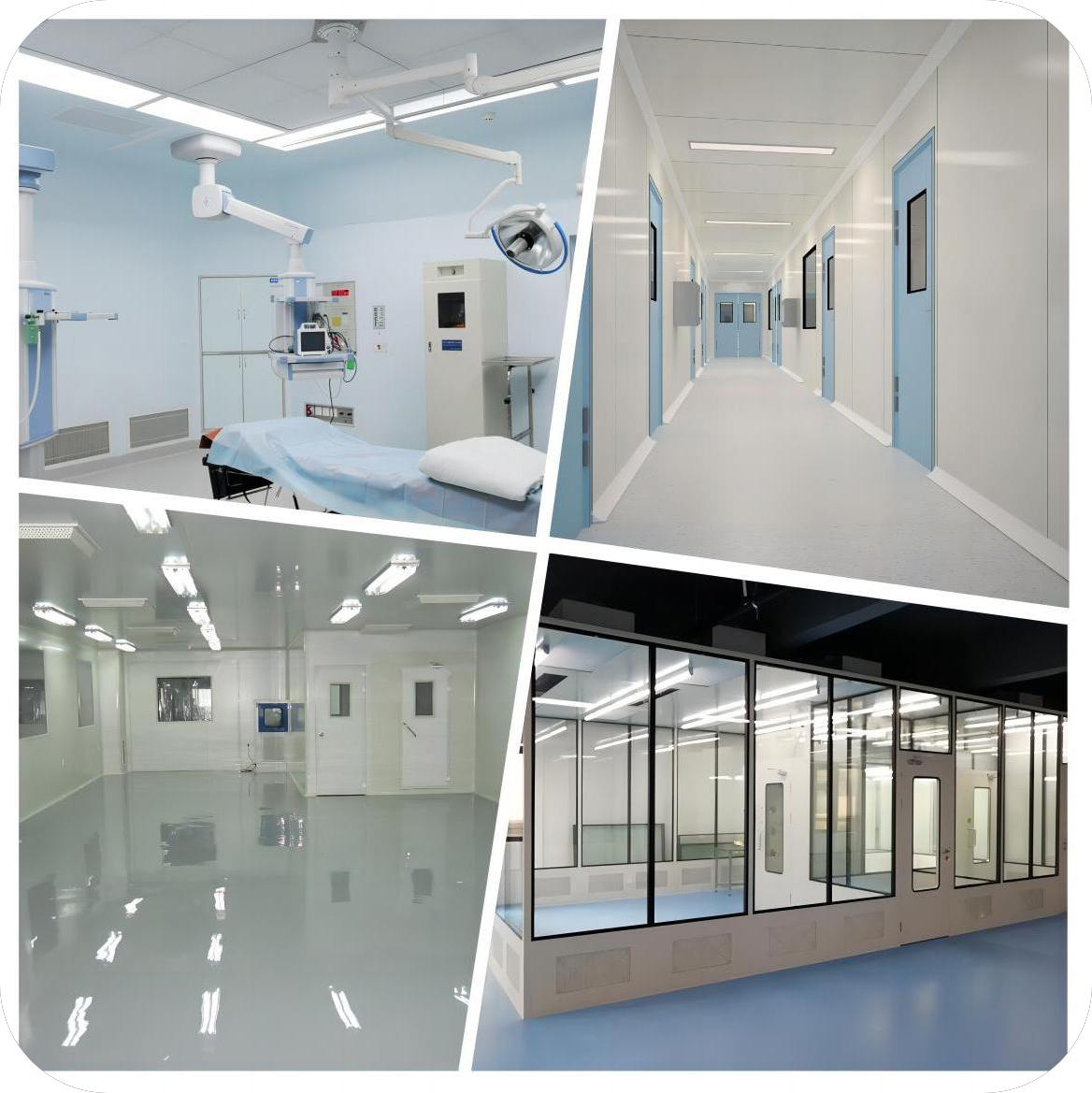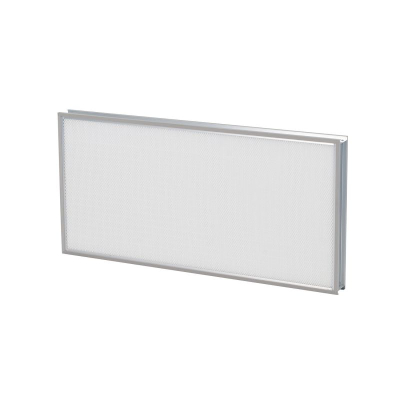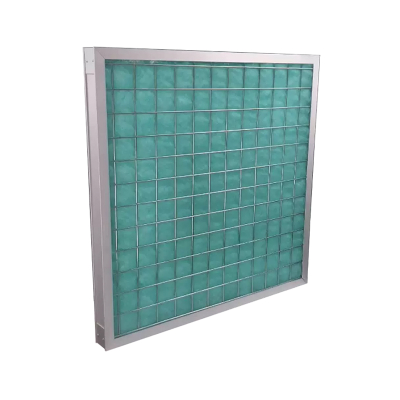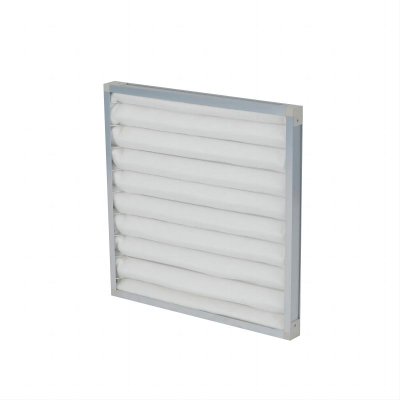Selection method of Filter efficiency
Selection method of Filter efficiency
Generally, the terminal filter determines the cleanliness of the air, and the front-end filters only play a protective role, which protects the downwind end filters to prolong their service life, or protects the air-conditioning system to ensure its normal operation.
In the design of air-conditioning, the efficiency of the terminal filter should first be determined according to the user's cleanliness requirements, and then select the filter to play a protective role. If this level of filters also need to protect, and then set up additional filters in its upwind end. Protective filters are collectively referred to as "pre-filter".
The efficiency of each filter should be properly matched. If the difference between the efficiency of two neighbouring filter grades is too large, the former grade will not be able to protect the latter grade; if the difference between the two grades is not too large, the burden of the latter grade will be too small.
The service life of high efficiency filter at the terminal of clean room should be 5-15 years, and the most important factor affecting the service life is the advantages and disadvantages of pre-filter.
When using the European standard, i.e. "G-F-H-U" to classify efficiencies, it is easy to estimate the efficiency of the required filter stages. In G2-H12, one grade of filter is set every 2 to 4 stops. For example, G4-F7-H10, where the H10 (sub-high efficiency) filter determines the cleanliness level of the supply air, F7 protects H10 and G4 protects F7.
The terminal of the clean room should be protected by a filter with an efficiency of not less than F8 before the high-efficiency (HEPA) filter, and a filter of F9-H11 can be used before the ultra-high-efficiency (ULPA) filter. The central air conditioner itself should have an efficiency of not less than F5 filter to protect.
In windless and sandless and low-pollution areas, F7 filter can be set without pre-filter, and in the central air-conditioning system in the city, the filter of G3-F6 efficiency level is the common primary filter.
Example:
1.In a class 100 cleanroom, four levels of filters were set up like F5-F8-H10-H13, and eventually, the H13 filter at the end was used for 8 years.
2.One cleanroom has only F5 filter protection on the front of the HEPA filter, and the user needs to replace the HEPA filter every year.
3.A car painting line, the filter is set as G3-F6-F5, of which, the F5 in the end is the roof full of filtering materials, it only plays the role of equal flow as required by the process, and F6 filter is the one that determines the purification level of the air supply.
Summary of key points: the performance of the terminal filter should be reliable, the efficiency of the pre-filter should be reasonable, and the maintenance of the primary filter should be convenient.

